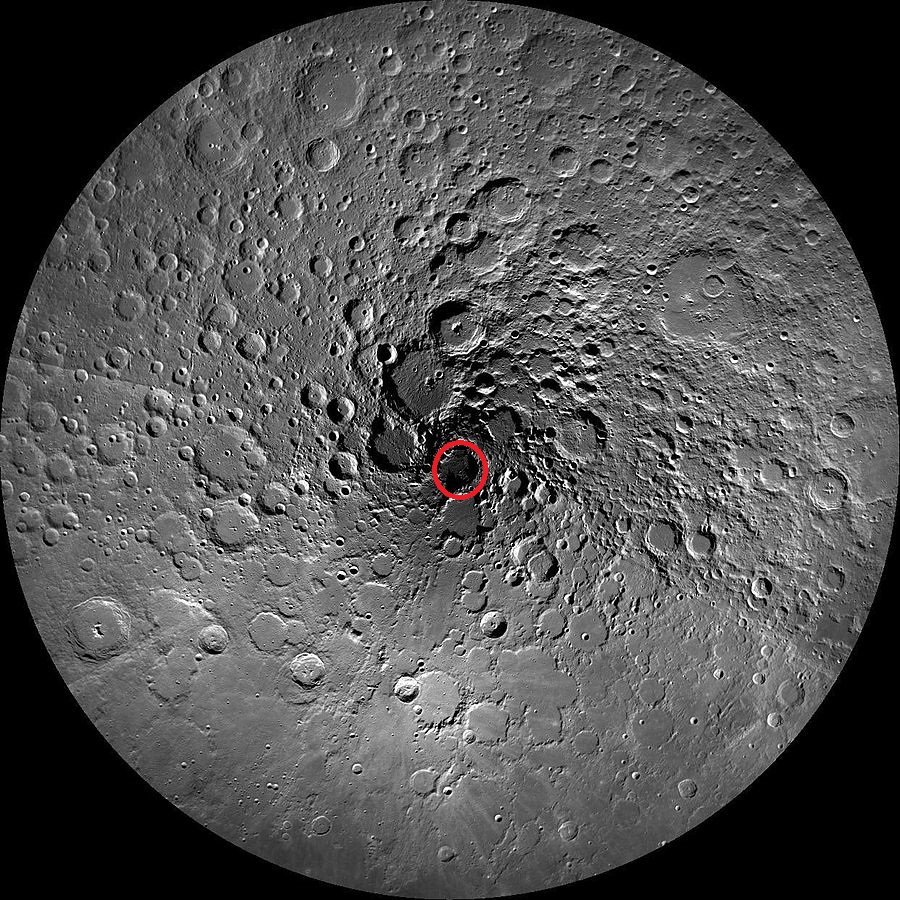Part Three of Three Parts: (Please read Part One and Part Two first)
In the first part of this post, I talked about the NASA focus on visiting Mars and suggestions by a conference on lunar exploration that visiting and setting up a manned base on the Moon before a Mars mission would make more sense. In Part Two, I discussed some of the technologies that could be used to construct and supply a lunar base. Today, I am going to talk about locations for a lunar base. When considering the location for a lunar base, there are four main things that need to be considered.
The lunar base will need a source of power. Of course, a nuclear fission reactor could be brought from Earth but that would be a heavy load and uranium fuel would also have to be brought from Earth. The best source of energy would be solar power. However, the sun shines on the lunar surface for two weeks and then the surface is dark for two weeks for most of the Moon. Although battery research is advancing rapidly, it might not be possible to sustain a lunar base for two weeks on batteries. Some analysts believe that one of the lunar poles would be best for locating the first base. The tilt of the axis of the Moon to its orbital plane is only 1.5 degrees so sunlight would be continuously available at the poles.
Communications with the Earth would be critical for a lunar base. While a polar base would be best for power, an equatorial base would be best for communications. However, it should be easy enough to put a few satellites in orbit around the Moon to relay communications reliably from a polar lunar base.
Proximity to useful resources will also be a must for a lunar base. Water especially will be important both for life support on the base and to separate into hydrogen and oxygen as a source of fuel for rockets. It has been estimated that as much as forty billion dollars worth of rocket fuel could be generated per year at a lunar base. Fortunately for a polar lunar base, there should be a lot of frozen water in the deep dark craters at the Moon's Poles. Unlike craters nearer the lunar equator, the sun never shines down into such craters.
And, finally, the ability to travel easily over the lunar surface will be important for a lunar base. While both poles of the Moon would be suitable from the standpoint of sunlight for power and ice for water, the north pole of the Moon is much flatter and smoother than the south pole so the north pole of the Moon turns out to be the best option for the first lunar base.
Taking these four factors into account, the rim of the Peary crater near the north pole of the Moon would be a good choice for a lunar base. In addition to continuous sunlight, remote sensing indicates that the floor of the Peary crater contains water ice. It is also smooth which will make it easy for lunar rovers to explore.
Peary Crater in the red circle at the north pole of the Moon:
